BMW X3 vs Kia XCeed – Performance, range & efficiency compared
Both models have their strengths – but which one suits you more?
Compare performance, efficiency, price and space directly: BMW X3 or Kia XCeed?
Costs and Efficiency:
Looking at overall running costs, both models reveal some interesting differences in everyday economy.
Kia XCeed has a convincingly advantage in terms of price – it starts at 23100 £, while the BMW X3 costs 51300 £. That’s a price difference of around 28123 £.
Fuel consumption also shows a difference: BMW X3 manages with 2.80 L and is therefore significantly more efficient than the Kia XCeed with 6.40 L. The difference is about 3.60 L per 100 km.
Engine and Performance:
Power, torque and acceleration say a lot about how a car feels on the road. This is where you see which model delivers more driving dynamics.
When it comes to engine power, the BMW X3 has a decisively edge – offering 398 HP compared to 180 HP. That’s roughly 218 HP more horsepower.
In acceleration from 0 to 100 km/h, the BMW X3 is clearly quicker – completing the sprint in 4.60 s, while the Kia XCeed takes 8.50 s. That’s about 3.90 s faster.
In terms of top speed, the BMW X3 performs a bit better – reaching 250 km/h, while the Kia XCeed tops out at 210 km/h. The difference is around 40 km/h.
There’s also a difference in torque: BMW X3 pulls decisively stronger with 670 Nm compared to 265 Nm. That’s about 405 Nm difference.
Space and Everyday Use:
Whether family car or daily driver – which one offers more room, flexibility and comfort?
Both vehicles offer seating for 5 people.
In curb weight, Kia XCeed is significantly lighter – 1351 kg compared to 1930 kg. The difference is around 579 kg.
In terms of boot space, the BMW X3 offers clearly perceptible more room – 570 L compared to 426 L. That’s a difference of about 144 L.
In maximum load capacity, the BMW X3 performs slightly better – up to 1700 L, which is about 322 L more than the Kia XCeed.
When it comes to payload, BMW X3 somewhat takes the win – 570 kg compared to 479 kg. That’s a difference of about 91 kg.
Who wins the race?
The BMW X3 proves to be wins the duel decisively and therefore becomes our DriveDuel Champion!
BMW X3 is the better all-rounder in this comparison.
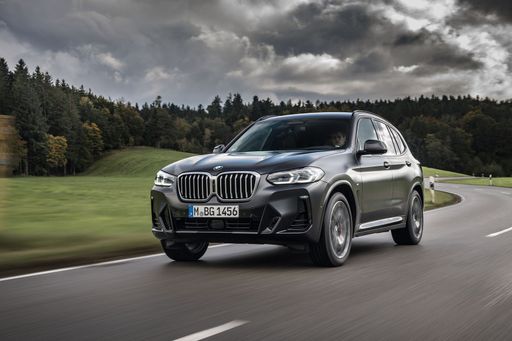 @ BMW Group Press
@ BMW Group Press
BMW X3
BMW X3
The BMW X3 mixes Bavarian poise with everyday practicality, delivering a composed ride and a cabin that feels both premium and lived-in. It’s the sort of SUV that lets you enjoy sporty handling without sacrificing family-friendly space, so you get fun and sense in one neat package.
details @ BMW Group Press
@ BMW Group Press
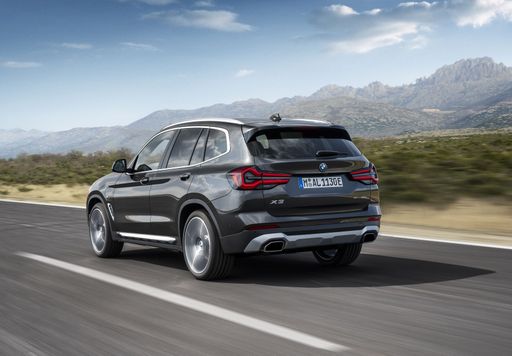 @ BMW Group Press
@ BMW Group Press
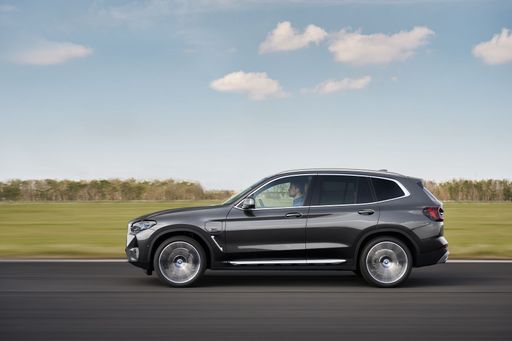 @ BMW Group Press
@ BMW Group Press
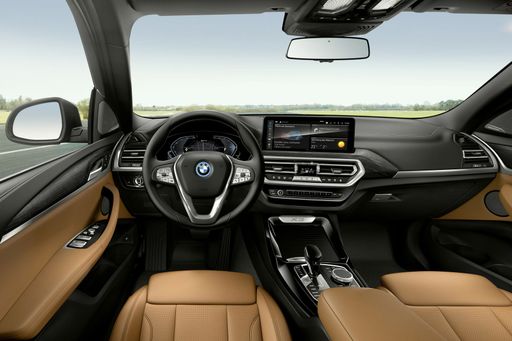 @ BMW Group Press
@ BMW Group Press
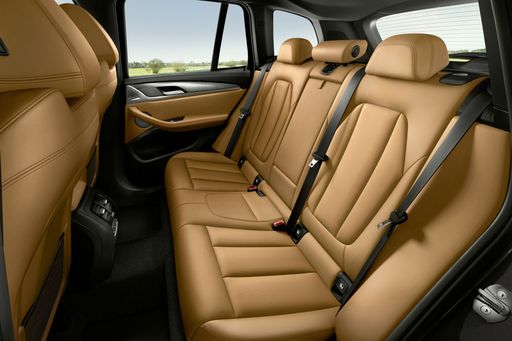 @ BMW Group Press
@ BMW Group Press
Kia XCeed
The Kia XCeed offers a stylish and modern design, blending the sportiness of a coupé with the practicality of an SUV. Its interior is well-crafted, featuring high-quality materials and a range of advanced technology to enhance the driving experience. With an emphasis on comfort and efficiency, the XCeed provides a compelling option for those seeking a versatile and dynamic vehicle.
details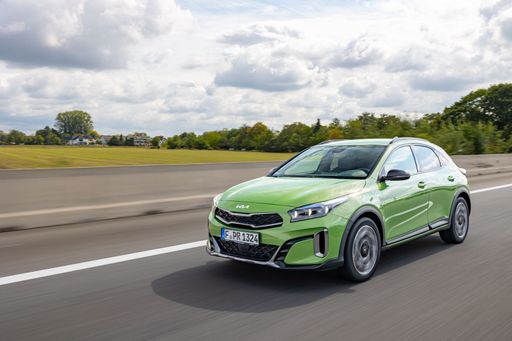 @ Kia Corporation
@ Kia Corporation
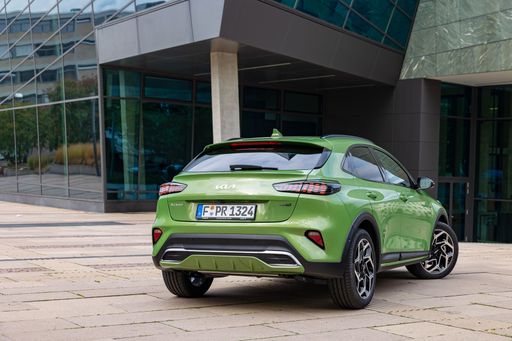 @ Kia Corporation
@ Kia Corporation
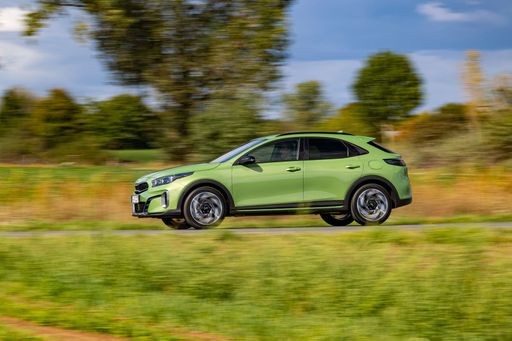 @ Kia Corporation
@ Kia Corporation
 @ Kia Corporation
@ Kia Corporation
 @ BMW Group Press
@ BMW Group Press
|
 @ Kia Corporation
@ Kia Corporation
|
|
|
|
Costs and Consumption |
|
|---|---|
|
Price
51300 - 72400 £
|
Price
23100 - 33000 £
|
|
Consumption L/100km
2.8 - 7.7 L
|
Consumption L/100km
6.4 - 6.8 L
|
|
Consumption kWh/100km
-
|
Consumption kWh/100km
-
|
|
Electric Range
88 km
|
Electric Range
-
|
|
Battery Capacity
19.70 kWh
|
Battery Capacity
-
|
|
co2
64 - 175 g/km
|
co2
144 - 155 g/km
|
|
Fuel tank capacity
50 - 65 L
|
Fuel tank capacity
50 L
|
Dimensions and Body |
|
|---|---|
|
Body Type
SUV
|
Body Type
SUV
|
|
Seats
5
|
Seats
5
|
|
Doors
5
|
Doors
5
|
|
Curb weight
1930 - 2140 kg
|
Curb weight
1351 - 1419 kg
|
|
Trunk capacity
460 - 570 L
|
Trunk capacity
426 L
|
|
Length
4755 mm
|
Length
4395 mm
|
|
Width
1920 mm
|
Width
1826 mm
|
|
Height
1660 mm
|
Height
1483 - 1495 mm
|
|
Max trunk capacity
1600 - 1700 L
|
Max trunk capacity
1378 L
|
|
Payload
570 kg
|
Payload
471 - 479 kg
|
Engine and Performance |
|
|---|---|
|
Engine Type
Petrol MHEV, Diesel MHEV, Plugin Hybrid
|
Engine Type
Petrol
|
|
Transmission
Automatic
|
Transmission
Manuel, Automatic
|
|
Transmission Detail
Automatic Gearbox
|
Transmission Detail
Manual Gearbox, Dual-Clutch Automatic
|
|
Drive Type
All-Wheel Drive
|
Drive Type
Front-Wheel Drive
|
|
Power HP
197 - 398 HP
|
Power HP
115 - 180 HP
|
|
Acceleration 0-100km/h
4.6 - 7.8 s
|
Acceleration 0-100km/h
8.5 - 11.7 s
|
|
Max Speed
215 - 250 km/h
|
Max Speed
182 - 210 km/h
|
|
Torque
330 - 670 Nm
|
Torque
200 - 265 Nm
|
|
Number of Cylinders
4 - 6
|
Number of Cylinders
3 - 4
|
|
Power kW
145 - 293 kW
|
Power kW
85 - 132 kW
|
|
Engine capacity
1995 - 2998 cm3
|
Engine capacity
998 - 1598 cm3
|
General |
|
|---|---|
|
Model Year
2024 - 2025
|
Model Year
2025
|
|
CO2 Efficiency Class
F, E, B
|
CO2 Efficiency Class
E
|
|
Brand
BMW
|
Brand
Kia
|
What drive types are available for the BMW X3?
The BMW X3 is offered with All-Wheel Drive.
The prices and data displayed are estimates based on German list prices and may vary by country. This information is not legally binding.
